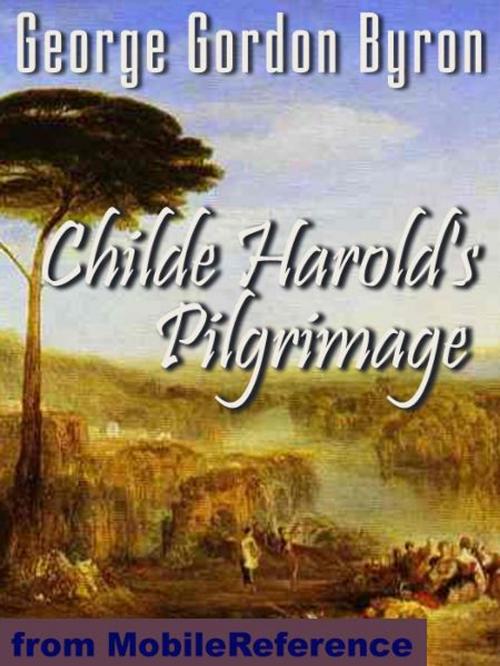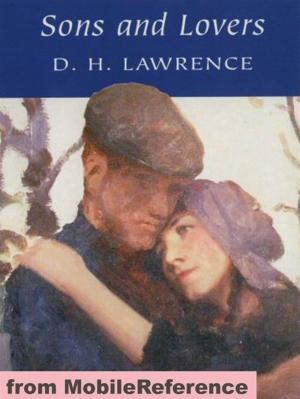| Author: | Lord Byron | ISBN: | 9781607784647 |
| Publisher: | MobileReference | Publication: | January 1, 2010 |
| Imprint: | MobileReference | Language: | English |
| Author: | Lord Byron |
| ISBN: | 9781607784647 |
| Publisher: | MobileReference |
| Publication: | January 1, 2010 |
| Imprint: | MobileReference |
| Language: | English |
Childe Harold's Pilgrimage is a lengthy narrative poem written by the poet George Gordon, Lord Byron when at Kinsham. It was published between 1812 and 1818. The poem describes the travels and reflections of a world-weary young man who, disillusioned with a life of pleasure and revelry, looks for distraction in foreign lands; in a wider sense, it is an expression of the melancholy and disillusionment felt by a generation weary of the wars of the post-Revolutionary and Napoleonic eras. The title comes from the term childe, a medieval title for a young man who was a candidate for knighthood. The poem contains elements thought to be autobiographical, as Byron generated some of the storyline from experience gained during his travels through the Mediterranean and Aegean Sea between 1809 and 1811. Excerpted from Wikipedia, the free encyclopedia.
Childe Harold's Pilgrimage is a lengthy narrative poem written by the poet George Gordon, Lord Byron when at Kinsham. It was published between 1812 and 1818. The poem describes the travels and reflections of a world-weary young man who, disillusioned with a life of pleasure and revelry, looks for distraction in foreign lands; in a wider sense, it is an expression of the melancholy and disillusionment felt by a generation weary of the wars of the post-Revolutionary and Napoleonic eras. The title comes from the term childe, a medieval title for a young man who was a candidate for knighthood. The poem contains elements thought to be autobiographical, as Byron generated some of the storyline from experience gained during his travels through the Mediterranean and Aegean Sea between 1809 and 1811. Excerpted from Wikipedia, the free encyclopedia.















